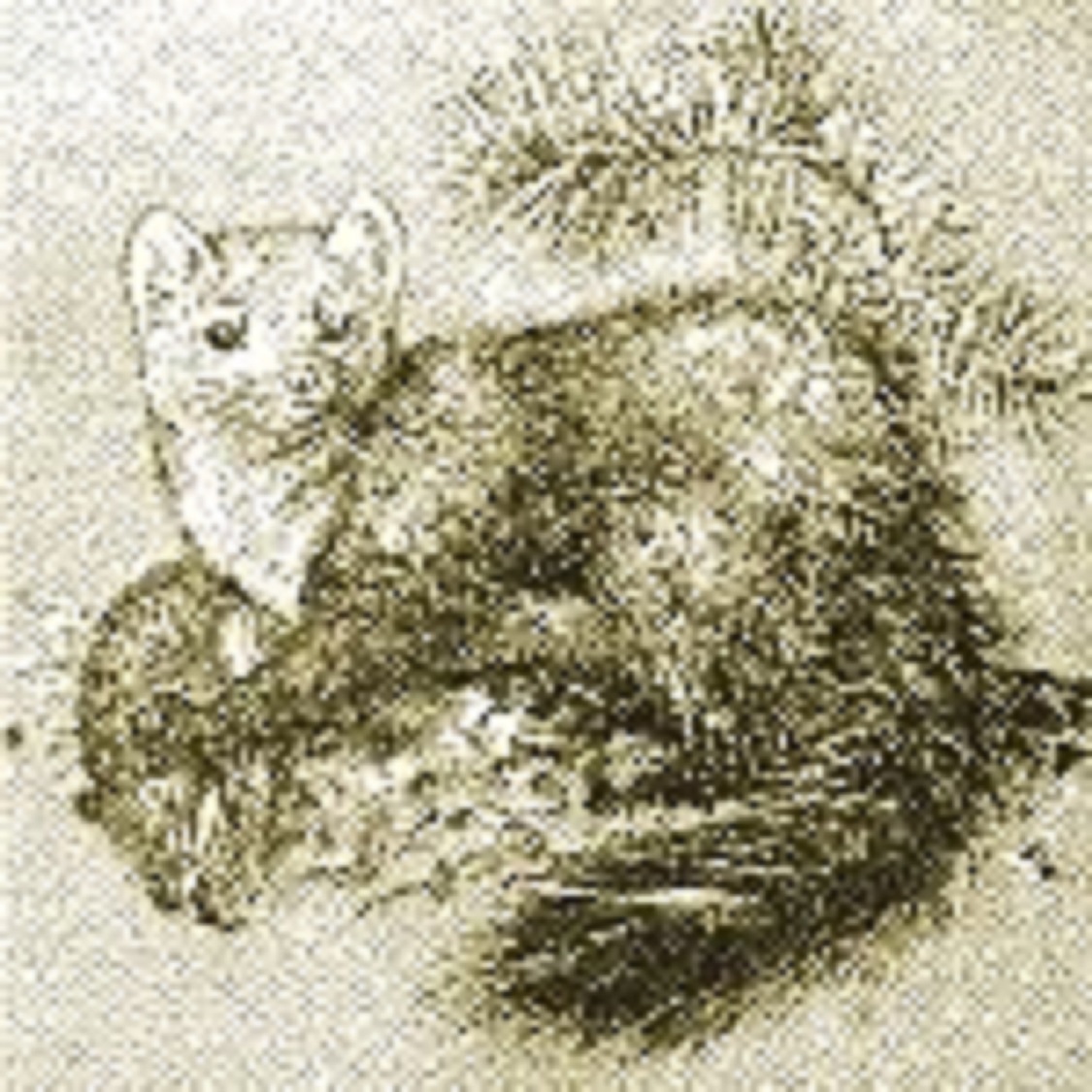Your brush with destiny
Watercolor brushes are traditionally made of the red sable hair that comes from the pricey little critters of fur coat fame. Over the centuries artists have winnowed out the best materials for their tools. And by consensus it has been determined that the finest watercolor brushes are made of the hair found on the tips of the russian male Kolinsky red sable's winter coat. This particular hair has become reknown for it's ability to hold a load of paint and keep a resilent, sharp, and durable point, that always snaps back. The russian fur farm industry declined from being the number one source for mink and sable in the 1980s to barely surviving by 2002. Political factors and their economic repercussions had descimated the once thriving 400 fur farms to leave around 40. So, the best Kolinsky sable is extremely expensive. Import/export is subject to strick international regulation and control and quantities of the finest hair are in short supply. "Lesser" quality sable brushes use a mix of male and female tail hairs and many have excellent working qualities. Some don't. Cheaper still are "the generic red sable" which may use the lowest quality hairs available. Most of the generic sable brushes are excellent for craft or tole painting purposes. Rummage through your local craft and/or art supply store and examine closely before your buy. At the low end of the spectrum are the synthetic filament brushes. They continue to improve as servicable watercolor brushes and are an economic way to buy larger sized rounds and great "sky" wash brushes which are wide flats 1"-3" in width. Squirrel hair "mops" and goat hair bamboo sumi-e brushes, round and flat are all useful for certain effects of line and stroke only these brushes afford. Watercolor brush shapes usually found in a watercolorist's arsenal are rounds, flats, with the addition of mops and riggers.
Cleaning watercolor brushes
After a painting session it can be easy to blow off proper care of your brushes. It is a necessity with other permanent binder paints like oils and acrylics. If you don't clean the brush after your painting session, you lose it. Watercolor is more forgiving, but over time pigment, dirt, and binder can become embedded where the hair meets the ferrule. This can cause the hairs to spread a bit and your brush point or edge will become less and less useful over time. Let's proceed with cleaning your brushes. It's easy. You'll need the following:
- Dirty Brushes, still damp.
- A bar of soap : Ivory has been my soap of choice, but I use anything that seems mild and organic in nature. You're working with hair here so don't condition the hair with lotion laced soaps. Special artist's brush cleaner soaps are available. Don't use any soap with abrasives like pumice. Paper towels or "work" towels.
- Paper towels or "work" towels.
Cleaning your watercolor brush step-by-step:
- Gather your used brushes by a sink, start some warm water running.
- With open palm in the running water, gently dab and swirl the brush in your palm until the water runs clean.
- Moisten bar of soap.
- Take your wet brush and in a gentle circular motion work some soap into the hair.
- Wet your palm again and repeat the dabbing and swirling motion with the soap charged brush.
- Rinse and repeat until suds stay white and brush is clean.
- Do a final rinse to remove all the residual soap.
- Gently shake, squeeze or dab water out of brush using towels.
- Reform damp brush hairs to their original shape with your fingers and let them dry on a flat surface such as a dry terrycloth hand towel.
The Alexander-Ross brush slap
Slapping your brush on a sink edge or index finger in a rapid up and down motion can quickly remove excess moisture. This works best with wide flats and larger rounds. It's an old artist's and house painter's trick that Bill Alexander and Bob Ross brought to the oil painting masses. I've used this technique with my acrylic painting, oil painting, (and house painting) brushes. But the thought of treating my best watercolor brushes this way makes me cringe.
New brushes
Brand new sable watercolor brushes have their hair sized with a gum arabic solution and shaped to a point. The sizing fixes the final shape of the brush and protects the brush hairs during shipping and on the shelf until you buy it. To properly break in a new brush you must dip it in your water container and swirl it around until the sizing softens up and washes away. Don't bend the hairs while they are stiff, breakage can occur if they've been sized too heavily. After thoroughly rinsing, daub off excess water on a paper towel and reshape hairs. Store on flat towel until dry.
For watercolor only
Do yourself a favor and keep separate brushes for each medium you use as an artist. I totally trashed my prized #12 Winsor and Newton Series 7 in college by using it with laquer-based india inks and not thoroughly cleaning it. I bought my first bamboo brushes shortly thereafter.
- Acrylic paint dries permanent and insoluble. Even one use with acrylics can alter a brush's effectiveness for watercolor if it starts to dry at the base of the ferrule while you're painting. Because you have to be a bit more aggressive in cleaning, your brush can become damaged in the process.
- Many inks contain lacquers or high strength dyes. Some can discolor your brush's hair, like hair dye. Most laquer based inks will build up quickly within a ferrule and destroy the brushes shape and point.
- Liquid frisket contain liquid latex rubber. Washing liquid frisket out of your brush without annoying the heck out of the hairs is extremely difficult at best. If it has dried in your brush, write that brush off as a learning experience. Always wet a brush with mildly soapy water before starting to apply frisket. Even the synthetics and frisket tools.
As you can tell, any of these substances if used and left to dry in a watercolor brush, will kill it. My advice is to use other sable brushes or synthetics designed specifically for use with inks, acrylics or frisket.
Water bucket woes
Don't let your brushes sit tip down in your water bucket for extended periods. 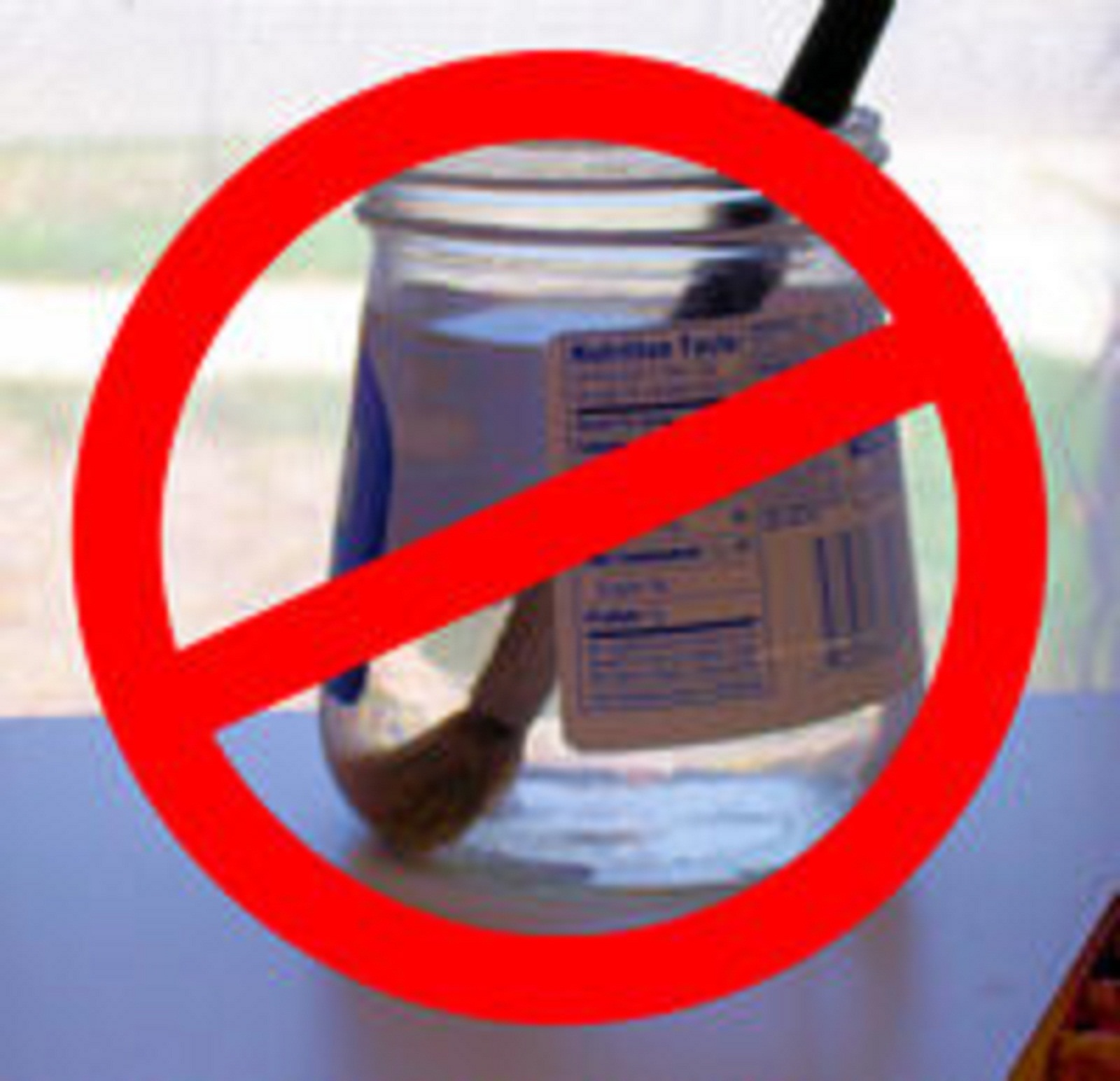 If left soaking too long the bend gets "set" and the hairs of your brushes can begin to look like a bad case of bed head. Over time this can permanently damage the shape and functionality of your brush.
If left soaking too long the bend gets "set" and the hairs of your brushes can begin to look like a bad case of bed head. Over time this can permanently damage the shape and functionality of your brush. 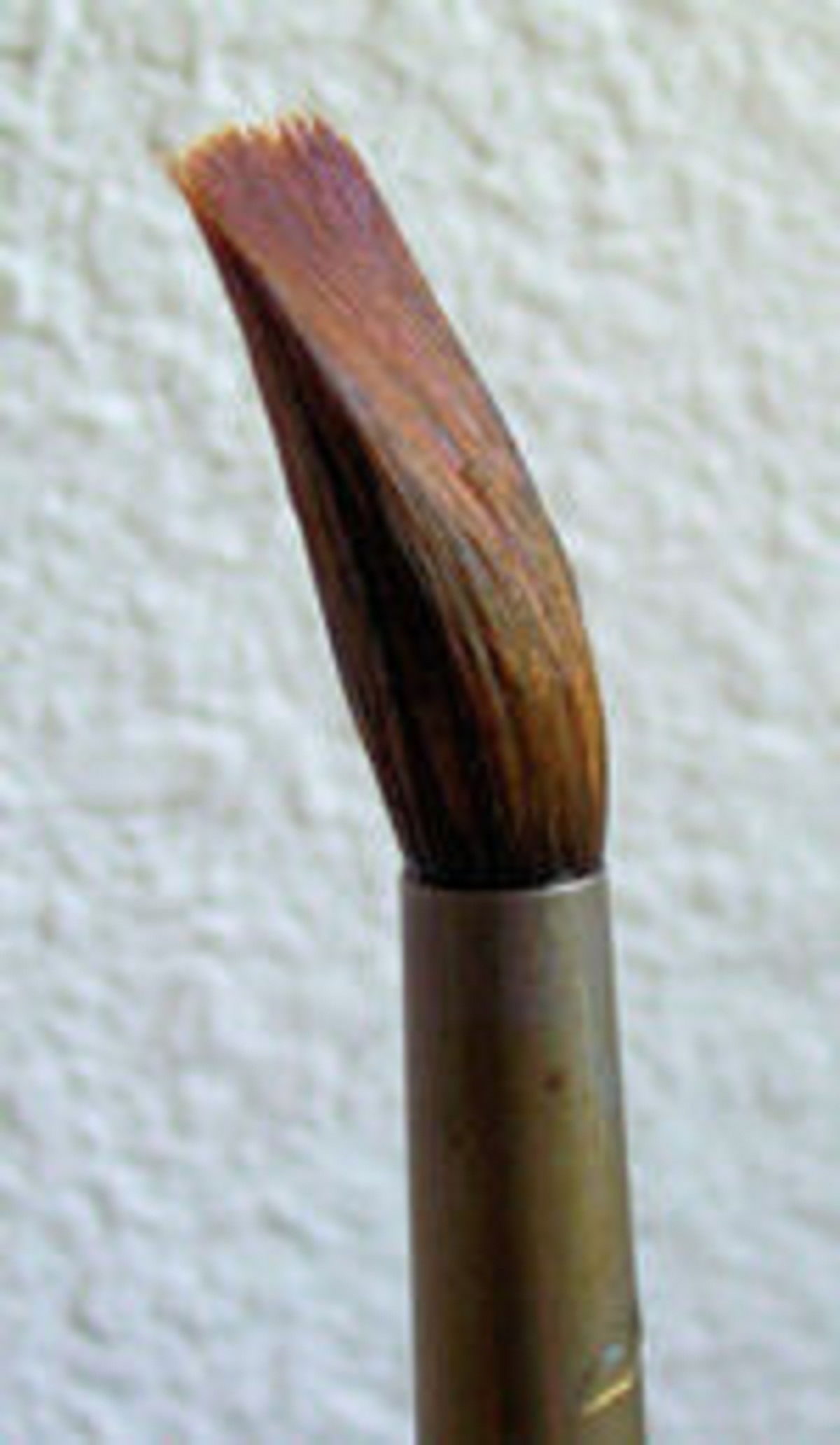 Water will find its way to the dry wood at the core of the brush handle, which then soaks the wood. The pressure of the expanding wet wood can force the metal ferrule to loosen from the handle of your brush. Over time this leads to cracks and chipping and loose, wobbly ferrules. See the taped ferrule on the far left? That brush fell apart while painting. It got water logged a few too many times.
Water will find its way to the dry wood at the core of the brush handle, which then soaks the wood. The pressure of the expanding wet wood can force the metal ferrule to loosen from the handle of your brush. Over time this leads to cracks and chipping and loose, wobbly ferrules. See the taped ferrule on the far left? That brush fell apart while painting. It got water logged a few too many times. 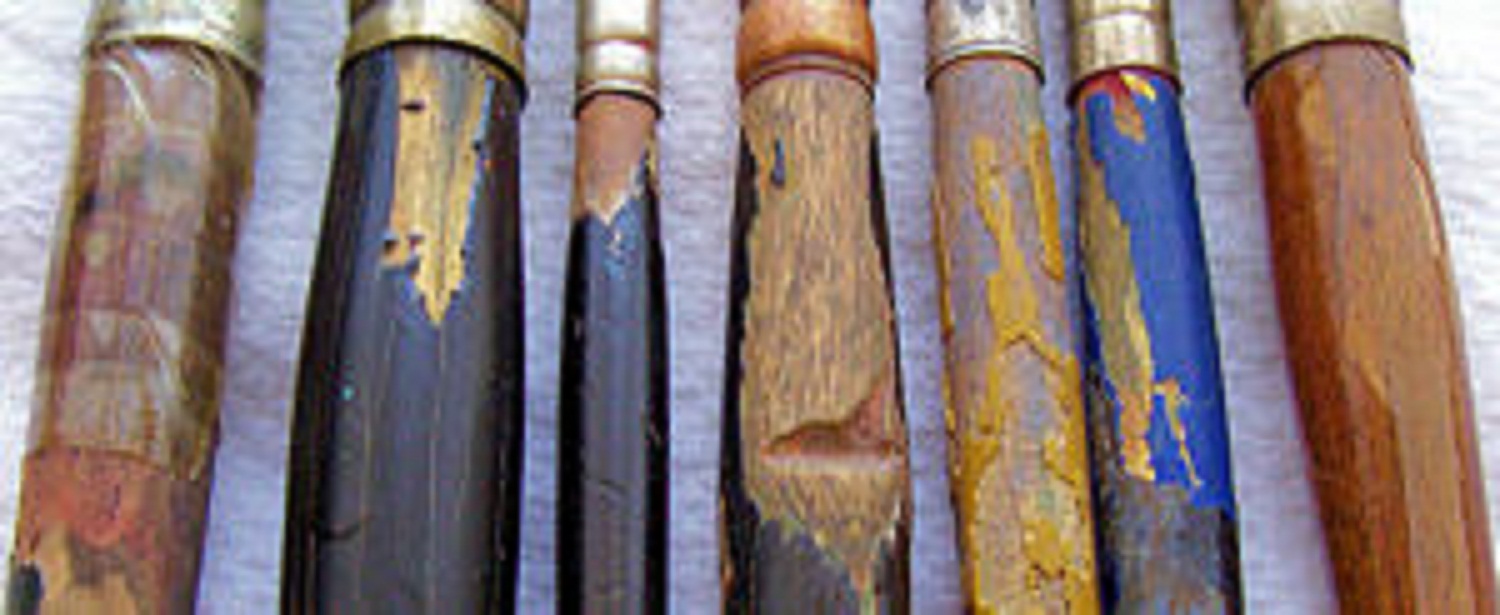
Moths
Yes, it's true. Moths can eat your brushes. I've only had this happen to a couple of brushes that were stored in a basement workshop drawer for a few months. Larvae casings were in the same drawer and half the hairs on a #4 round red sable (with sentimental value) were chewed off. Is there a cure? Just keep your brushes stored in a clean, dry area. You're not likely to have this problem, and moth balls would be overkill. If you do live in an area where theses little critters thrive, consider an aromatic cedar brush box for storage.
Watercolor brush care summary
- Do not let the paint dry in your brushes.
- Keep your brushes clean and dry between painting sessions.
- Store upright in jars only when dry.
- Use your watercolor brushes only for watercolor and gouache paintings.
- Use a synthetic sable or frisket tool to apply liquid frisket.
Brush Shapes
Artist's brushes come in the following shapes: rounds, flats, brights (short flats), mops, filberts and fans. 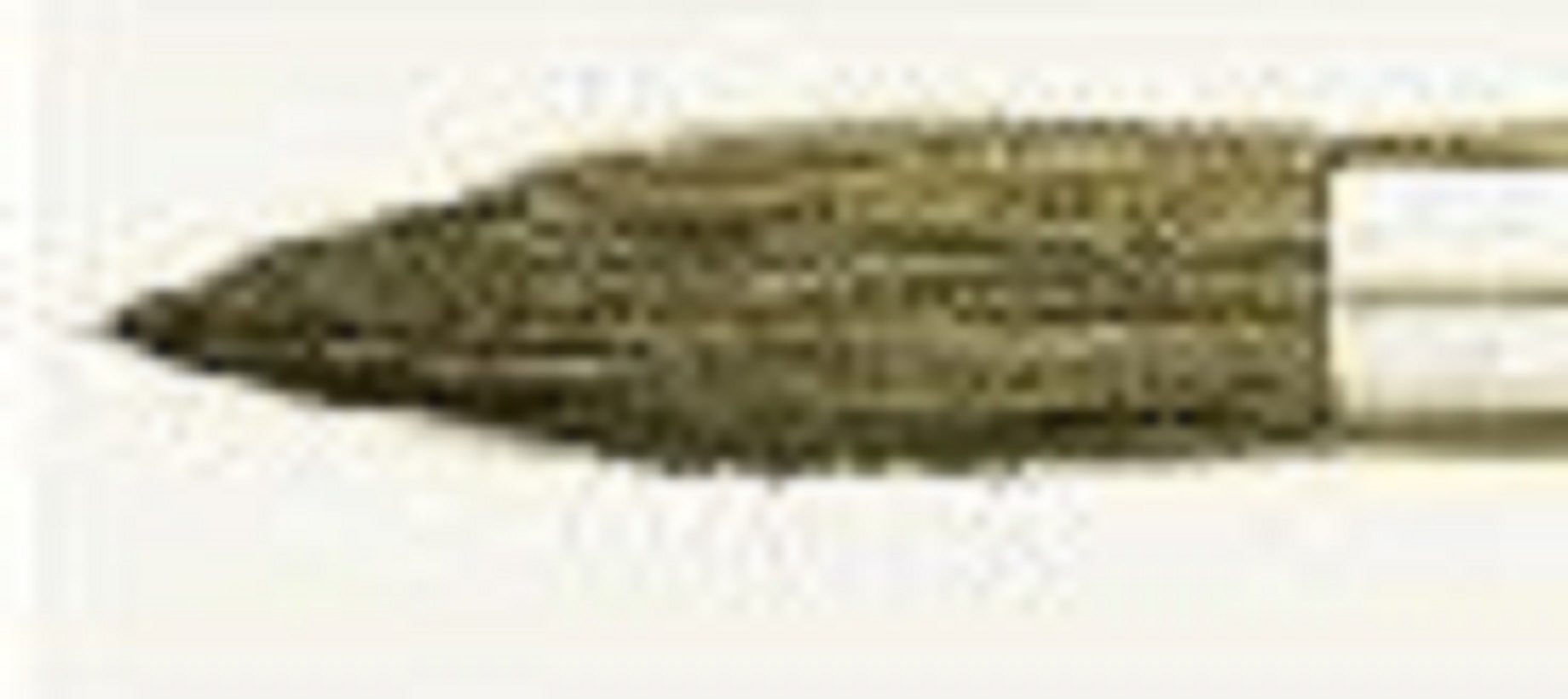
Rounds
have a round full body that holds adequate pigment and taper to a sharp (sable) or near sharp (synthetic) point. 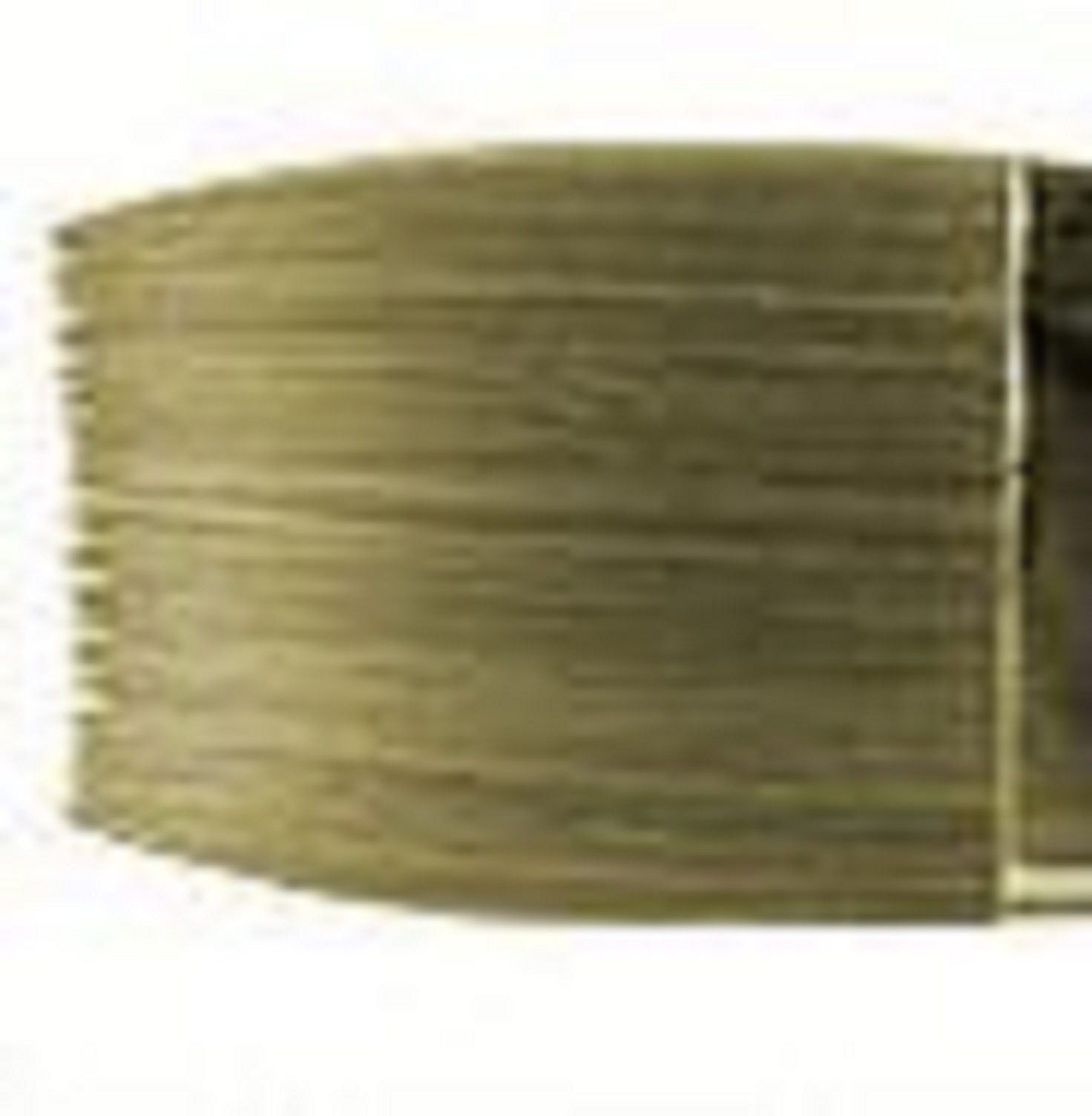
Flats
hold a large amount of paint and are useful for blocking in large areas. 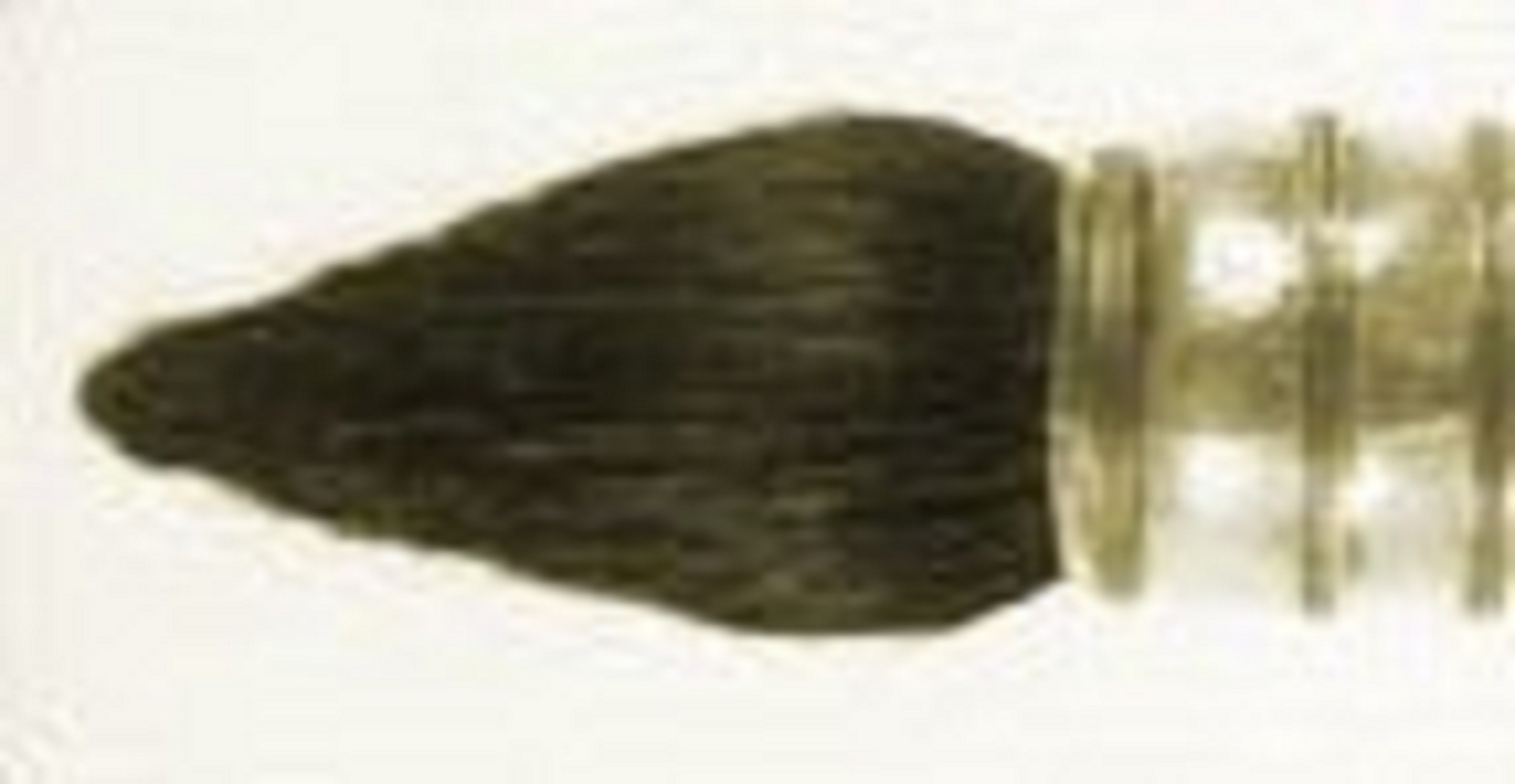
Mops
have a large quantity of soft hair for moving a large quantity of paint in a loose manner and blending wet areas. Mops are best used for wetting paper and painting large, soft, fluid passages such as skies. 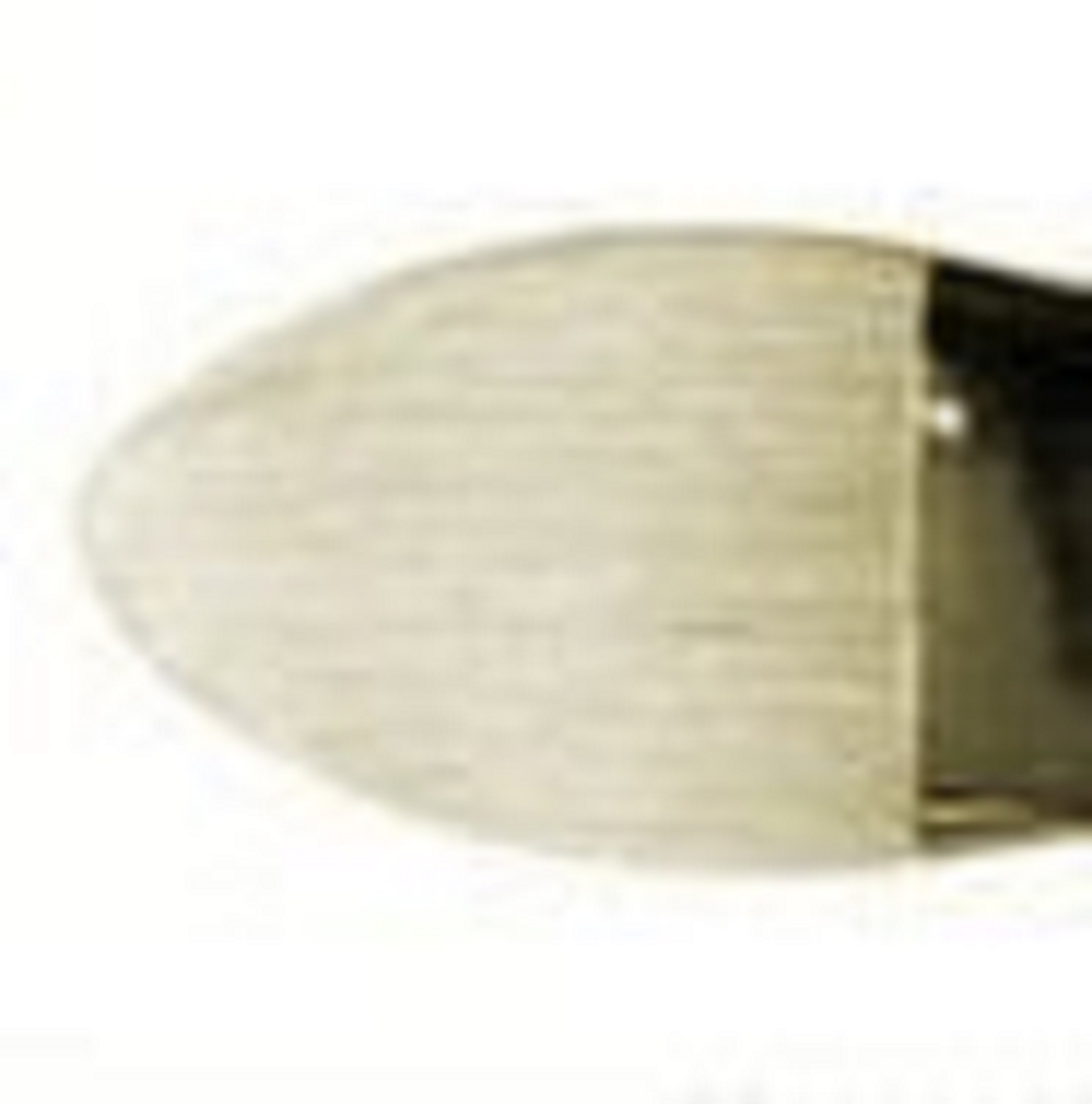
Filberts
lacking a sharp point, are great for foliage work due to their oblong blunt ends. 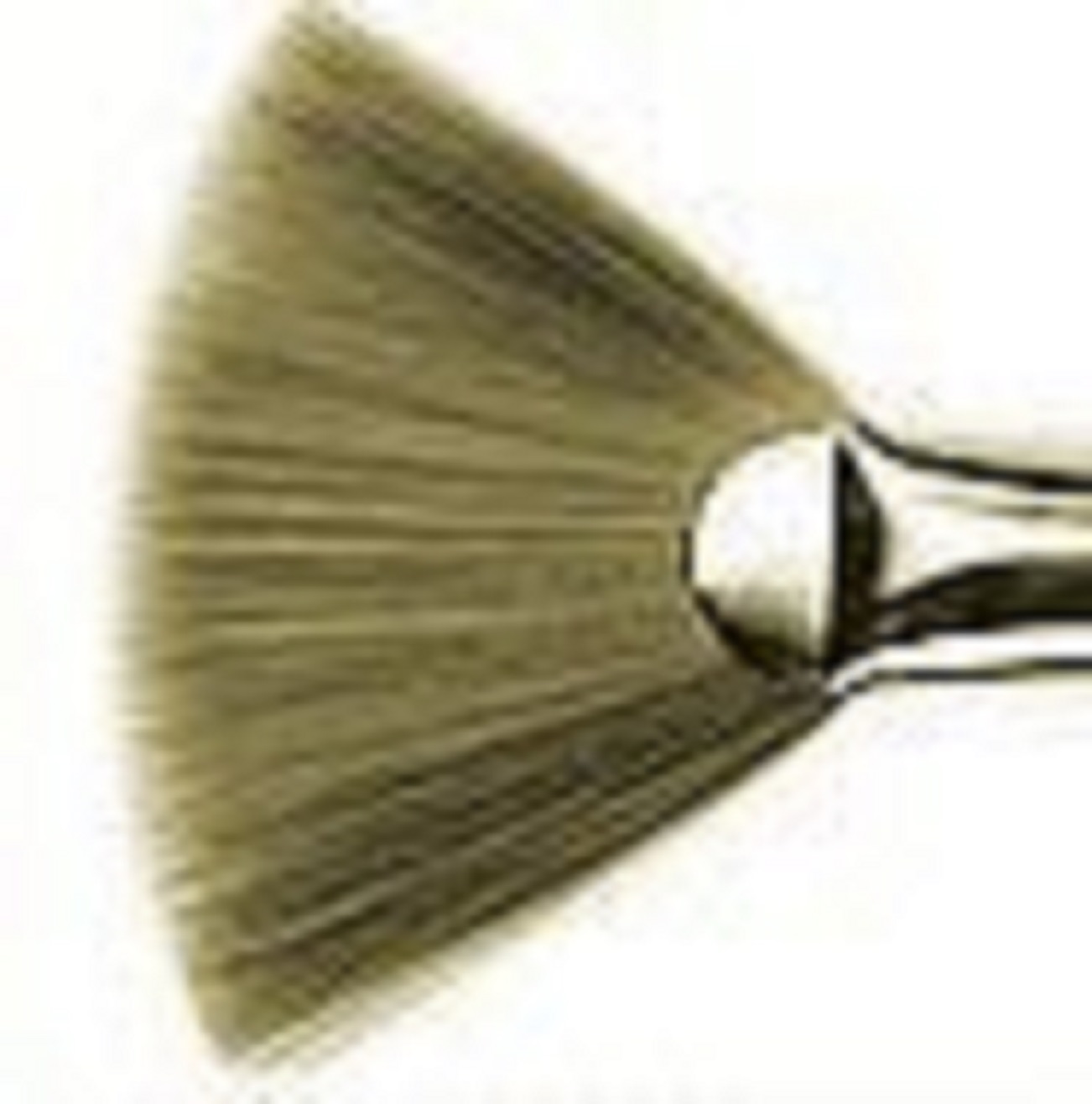
Fans
are flat pie-wedge shaped brushes used for blending in oil or acrylic painting. The bristle fan is good for scrubbing out linear strokes in watercolors. 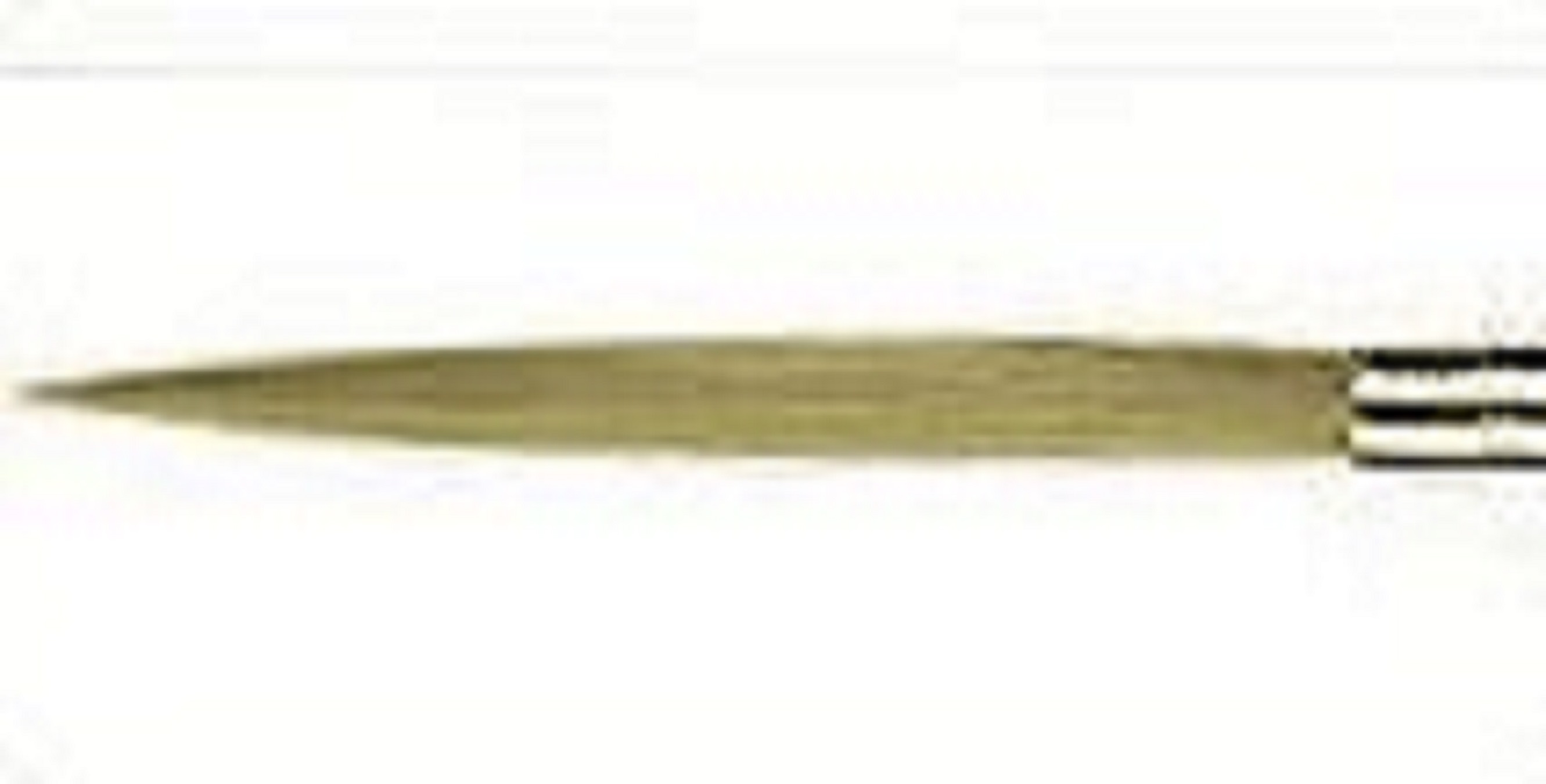
Riggers
are noted for their long pointed length that holds a lot of paint. Used for fine details and expressive line work. This brush was first designed to paint the rigging on boats in nautical paintings. 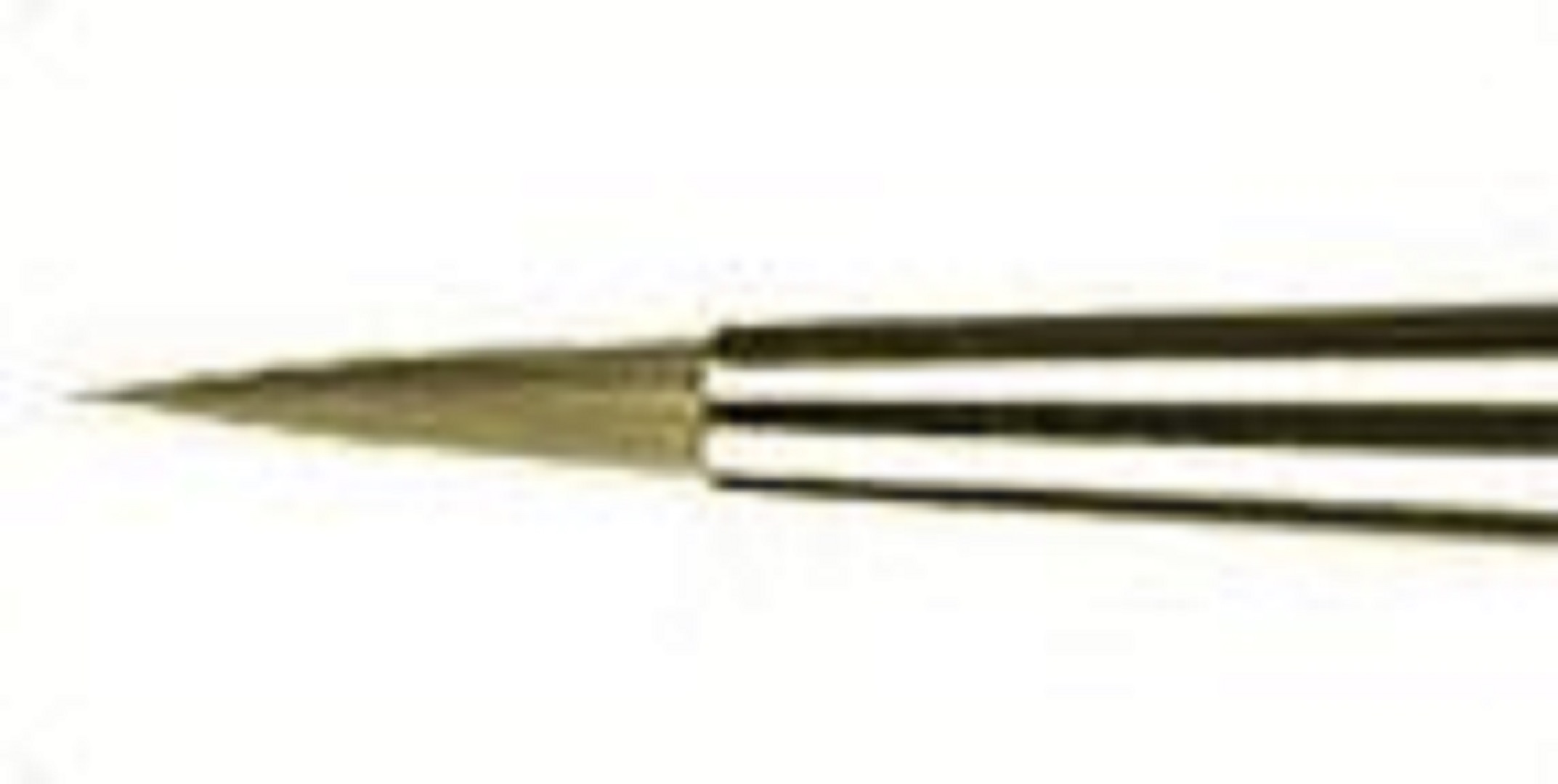
Spotters
are stubby brushes with a fine point. Used primarily for photo retouching, they are excellent for miniature and detail work.
Hair Types
Sable
The finest Kolinsky sable hair is taken from the tails of the sable marten, a member of the mink family. Sable allows fine control of your brush strokes due to its high absorbency and resilent spring; the ability to return to its natural pointed shape. The finest grade of brushes are hand made from Kolinsky red sable male winter coat tail tip hairs, are extremely resilent and lively and can be quite expensive. With proper care, cleaning and storage, buying the best quality brushes you can find will be a lifetime investment. 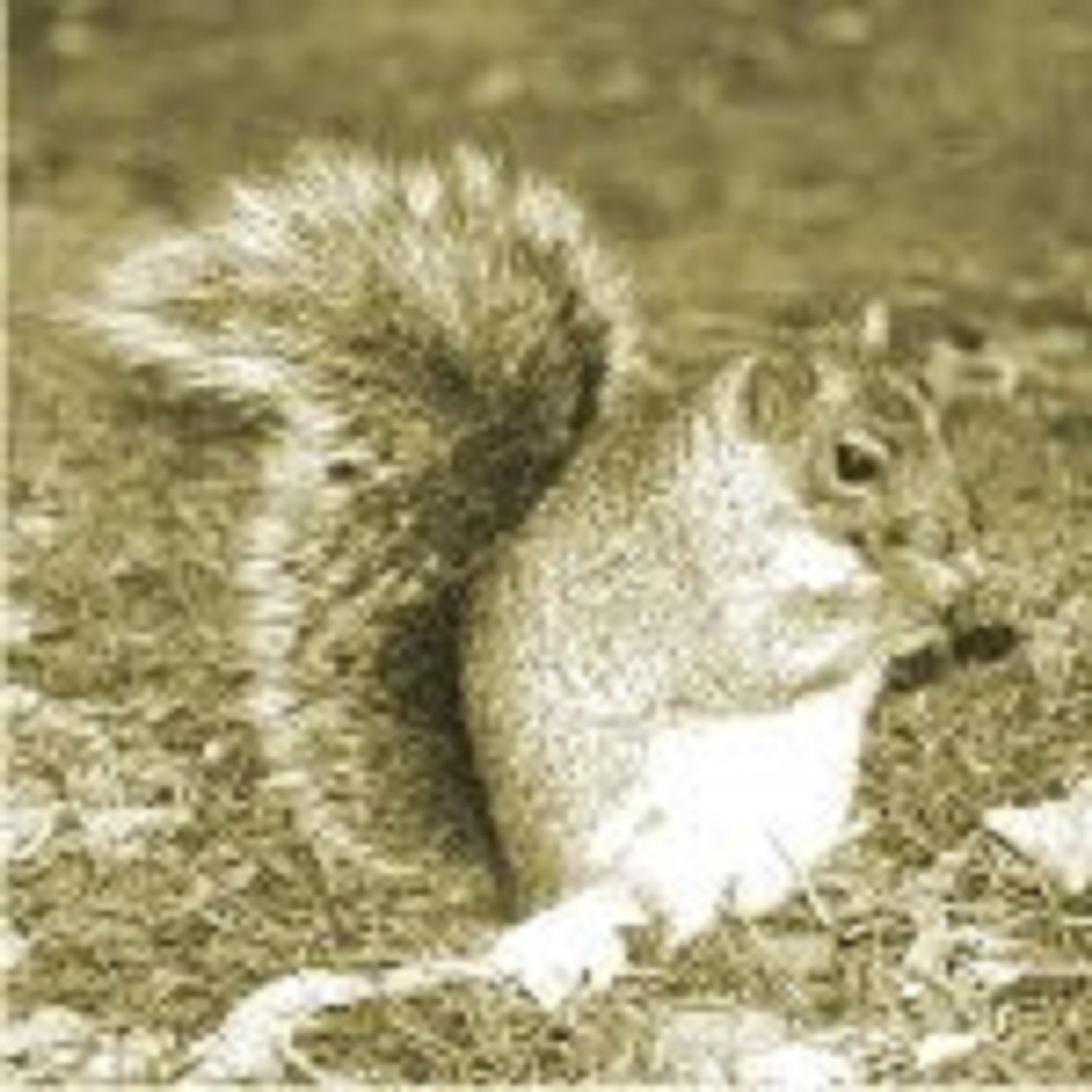
Squirrel Hair
This thin, fine hair has been the primary choice of sign painters for brush construction. Due to its thiness it can hold more liquid than other hair types. It lacks the spring and snap of sable but it makes fine mops or wash brushes as well as liner or riggers. 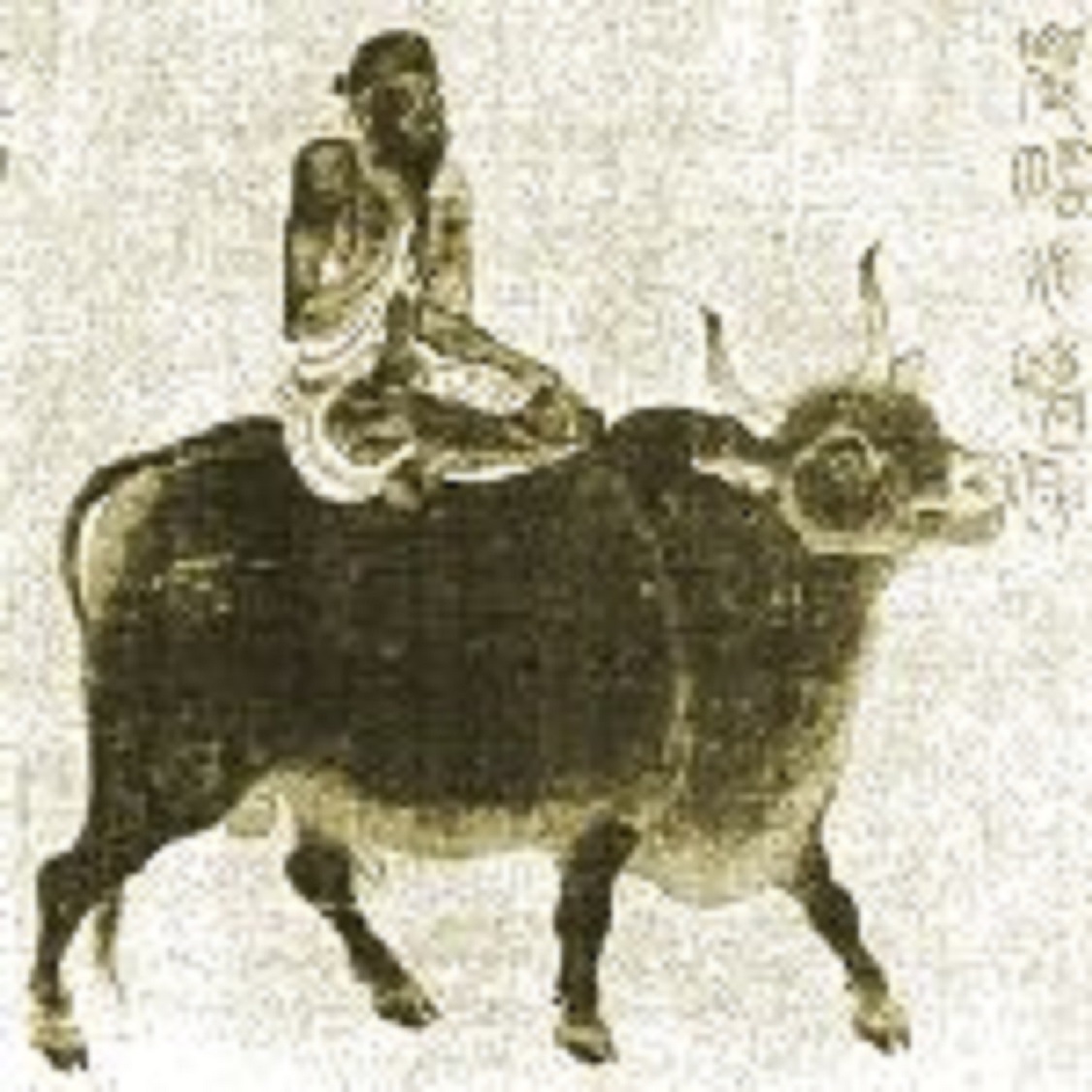
Ox Hair
Ox hair holds color well, is thicker and more resilent than squirrel. It lacks the snap and sharp point of sable. 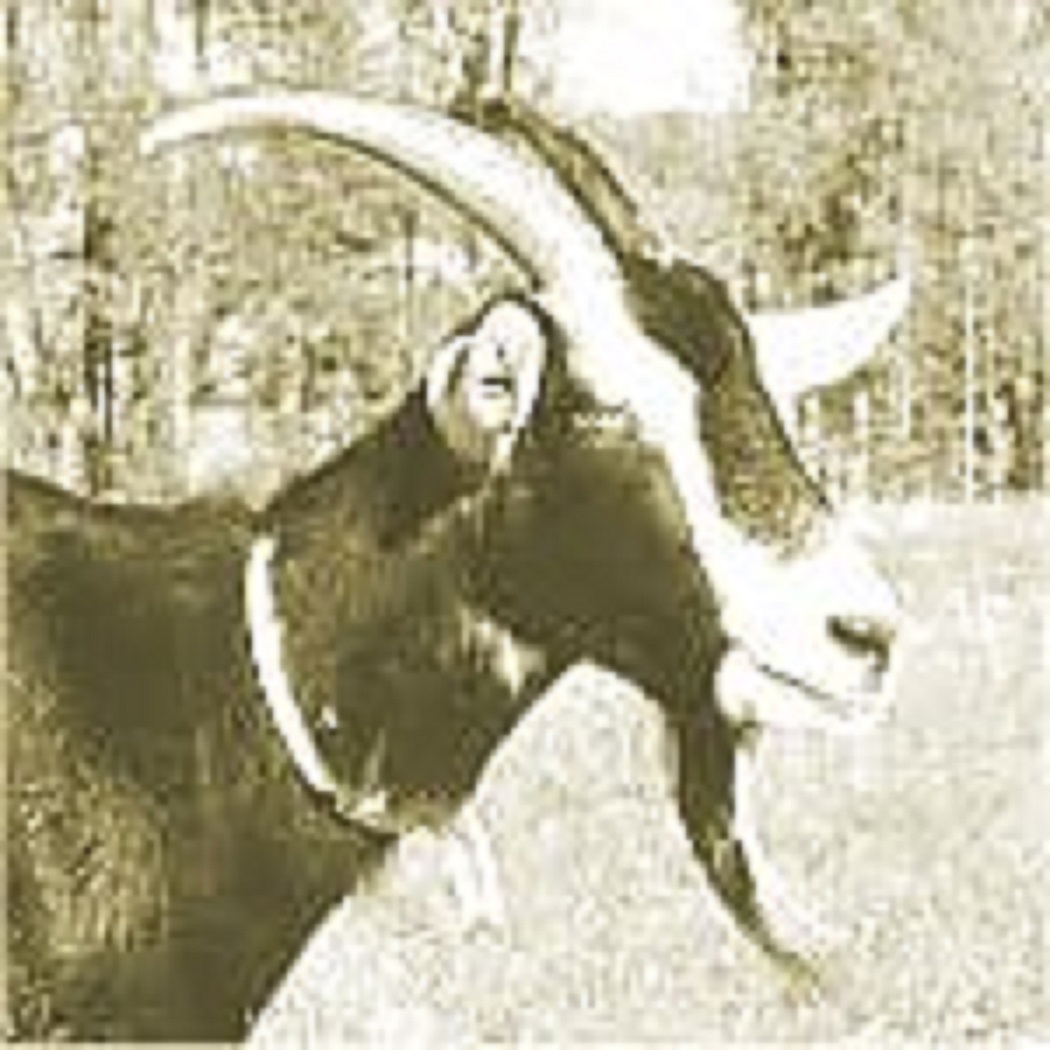
Goat Hair
Wide usage for make-up applications due to its softness and strength. Also used for large wash brushes. 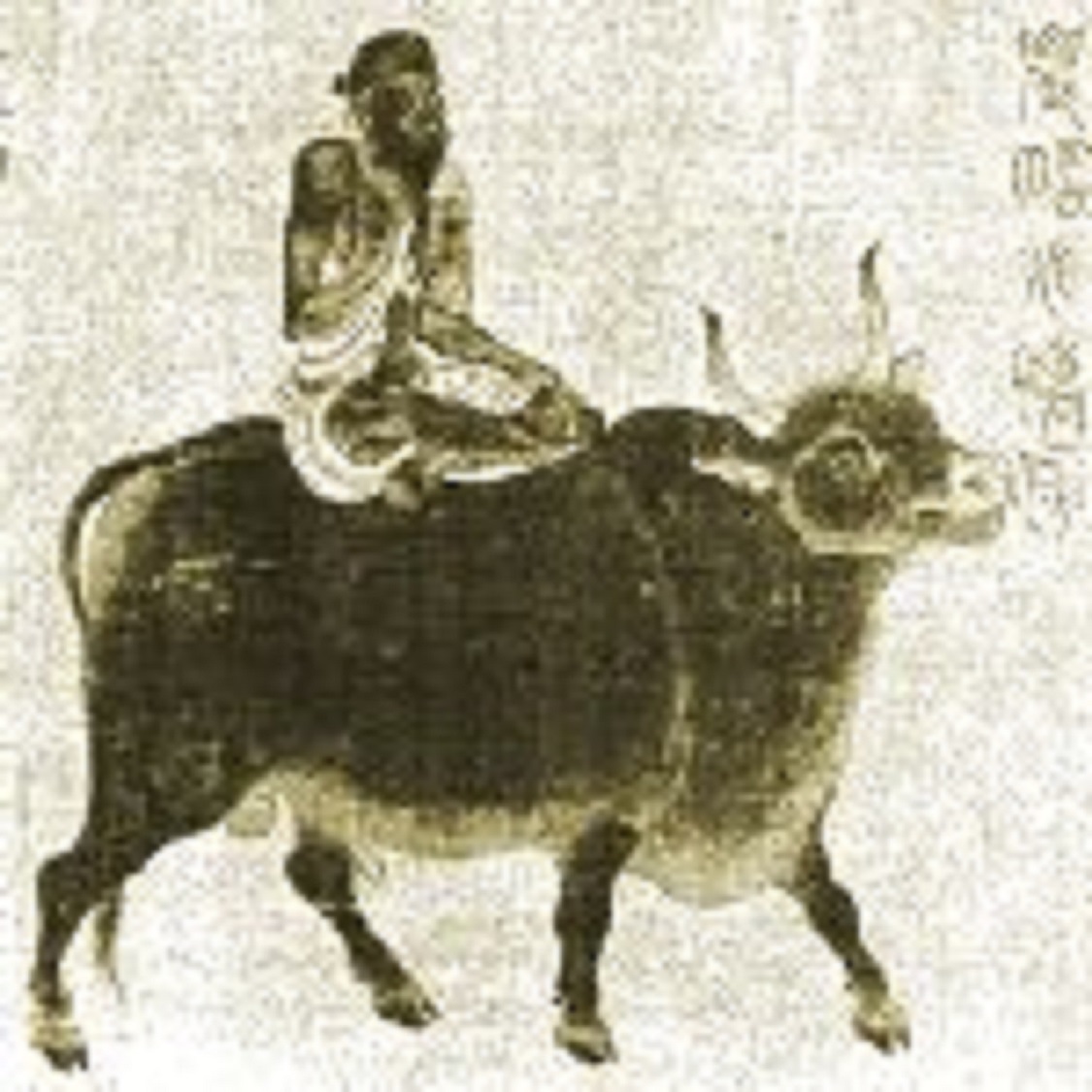
Sabeline
Another term for a dyed, fine grade of Ox Hair. 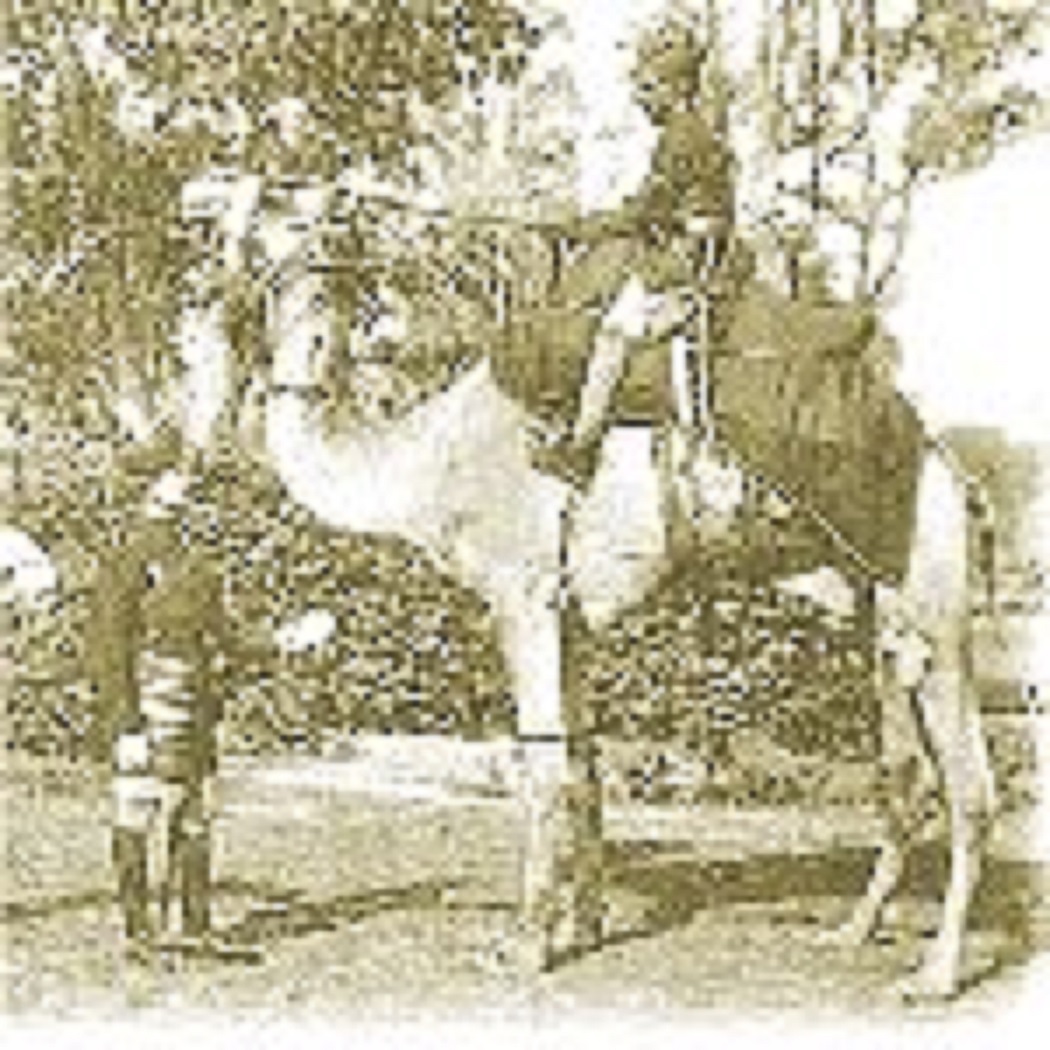
Camel Hair
A catch-all term used by manufacturers of economy brushes constructed of soft inexpensive soft hairs such as pony, horse or goat. Children's paint sets usually come with this variety of brush and the better shaped ones work quite well in a pinch. Camel Mops can move a lot of liquid to your paper quickly but the hairs do not spring back to their original shape. If you pull a stroke across your paper, as the brush runs dry, the hairs are usually stuck at a 45° angle from the ferrule. 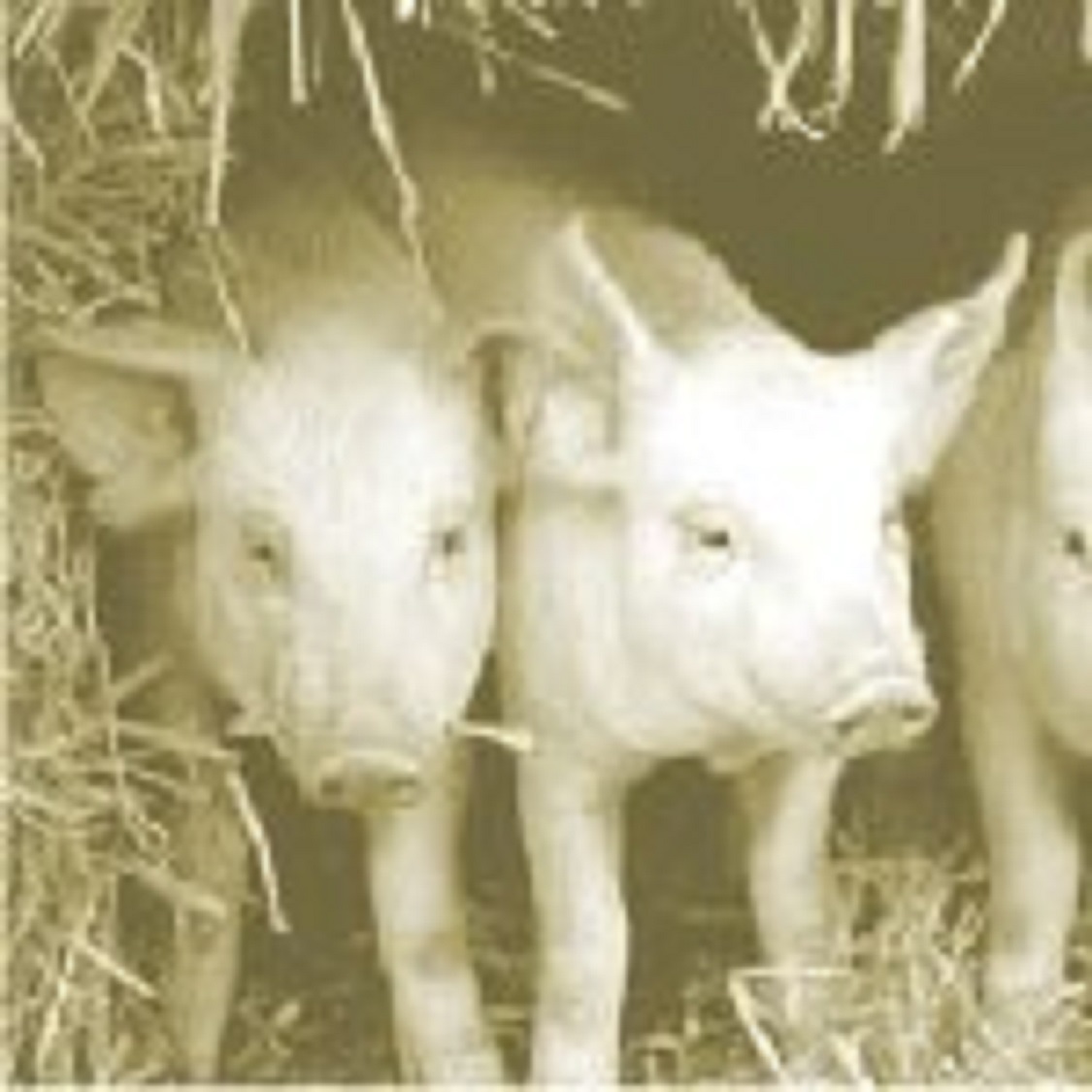
Bristles
A coarse, heavy white hair traditionally used in oil painting, bristle is primarily made of hog hair. Bristle has great snap and resilence but lacks a truly fine point. Use it for scrubbing out areas of color in your watercolor painting as well as for creating textures. Zoltan Szabo developed such a distinct stye using wide angle cut bristle brushes that he markets these brushes and palettes of his own design. 
Badger, Fitch
Primarily used by oil painters, these smooth hairs are finer than bristle and coarser than sable, they generally have great snap and can hold a fine edge or point. Fitch hair is taken from the polecat or mongoose and has a fine, medium stiffness. Badger is stiffer and has more spring and is used as a blender in oil painting. Sign painters quill-style brushes are often make of these varieties as well. 
Synthetics
Synthetic nylon or taklon brushes are used for acrylic painting due to their unique feel and response, and their low cost and durability. The golden yellow or white hairs hold a sharp point and are more flexible than bristle. Finer, softer synthetic "sable" grades are used for economical watercolor brushes but synthetic cannot approach the quality and usefullness of red sable. You will have to alternate techniques if using synthetics and sables on the same painting (ed—I use a Winsor & Newton #2 University bright for scrubbing and lifting detail work and a 1 1/2" Winsor and Newton series 965 (a nylon and natural hair blend) for laying in large washes. For painting frisket I use a cheaper brand such as Liquitex Series 690 Basic Round that I found at Office Max.
